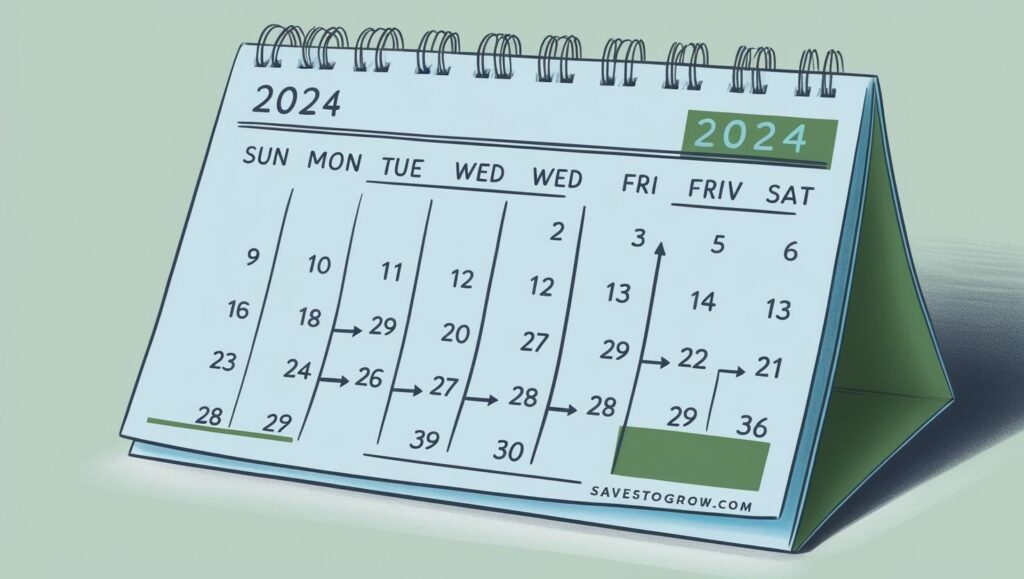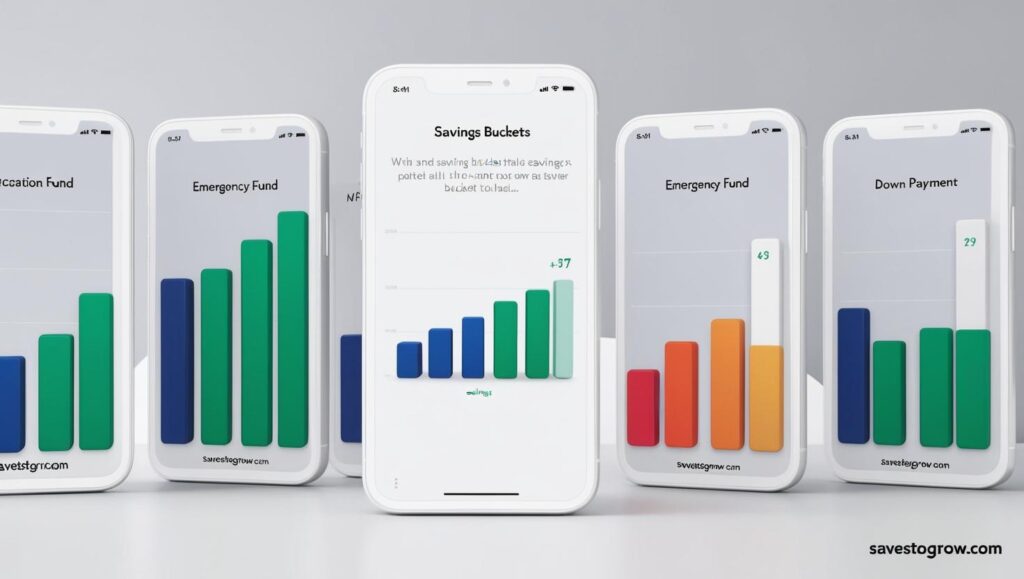Big Bills Don’t Have to Be Big Surprises
You know that sinking feeling when a huge expense hits your bank account out of nowhere? Car repairs. Holidays. Insurance premiums. Birthdays.
Now flip that: Imagine calmly paying for every big expense, with zero stress, zero debt, and zero guilt.
That’s the power of a sinking fund. And in this article, you’ll learn exactly how to set one up, why it works, and how to make it part of your everyday financial system.
Why You Should Care

If you’ve ever said:
- “I forgot about that bill!”
- “Why is my credit card maxed again?”
- “I thought I had more in savings…”
You need sinking funds.
This system helps you:
- Prepare for non-monthly expenses in advance
- Stay out of credit card debt
- Budget like a pro—even if you’re not one
What Is a Sinking Fund?

A sinking fund is money you set aside gradually for a known future expense.
Think of it like this:
- Emergency fund = for unexpected surprises
- Sinking fund = for expected expenses you don’t pay monthly
Common Sinking Fund Categories:
- Car maintenance
- Travel/vacation
- Holiday gifts
- Insurance premiums (annual/biannual)
- Birthdays and celebrations
- Home repairs
- Back-to-school shopping
- Medical or dental bills
You already know these expenses are coming. Sinking funds make sure you’re ready.
Real-World Example

Let’s say your car insurance is $1,200/year.
Instead of freaking out when the bill hits in December, break it down:
- $1,200 ÷ 12 months = $100/month
- You set aside $100 each month in a separate savings bucket
- When December comes? You pay it off in full—stress-free.
Same logic applies to vacations, gifts, or your kid’s school fees.
How to Set Up Sinking Funds (Step-by-Step)
- List all major non-monthly expenses
Use last year’s bank statements or calendar. - Estimate the total cost
Be honest—don’t lowball. - Break it into monthly (or weekly) chunks
Divide by the number of months until the due date. - Open a separate savings account or use budgeting tools
Some good options:- Ally or Capital One 360 (they let you create multiple “buckets”)
- YNAB (You Need a Budget)
- Simple spreadsheet with running totals
- Automate it
Set up auto-transfers so it runs without willpower.
My Personal Story
Last year, Christmas nearly wiped me out. Gifts, flights, food—it added up to $2,000. I used my credit card and paid it off over 3 months (with interest).
This year? I started a sinking fund in January. I’m saving $167/month. As of May, I’m on track. No panic. No debt. And I’ll enjoy the holidays instead of dreading them.
This system changed how I feel about money.
Tips to Level Up

- Name your funds clearly. “Car Repair” > “Savings”
- Keep them out of sight. Use separate accounts to avoid temptation.
- Review quarterly. Some expenses change—adjust if needed.
- Use windfalls wisely. Tax refund? Bonus? Top off a sinking fund instead of spending it all.
❓ FAQ: Quick Answers
Q: How many sinking funds should I have?
A: As many as you need—not as many as you want. Start with 2–3 big ones. Expand over time.
Q: Do I need a new bank account for each fund?
A: Not necessarily. Some banks let you create sub-accounts or labels within one account.
Q: What if I can’t afford to fund all categories?
A: Prioritize. Start with the most urgent or highest-impact categories. Add more later.






